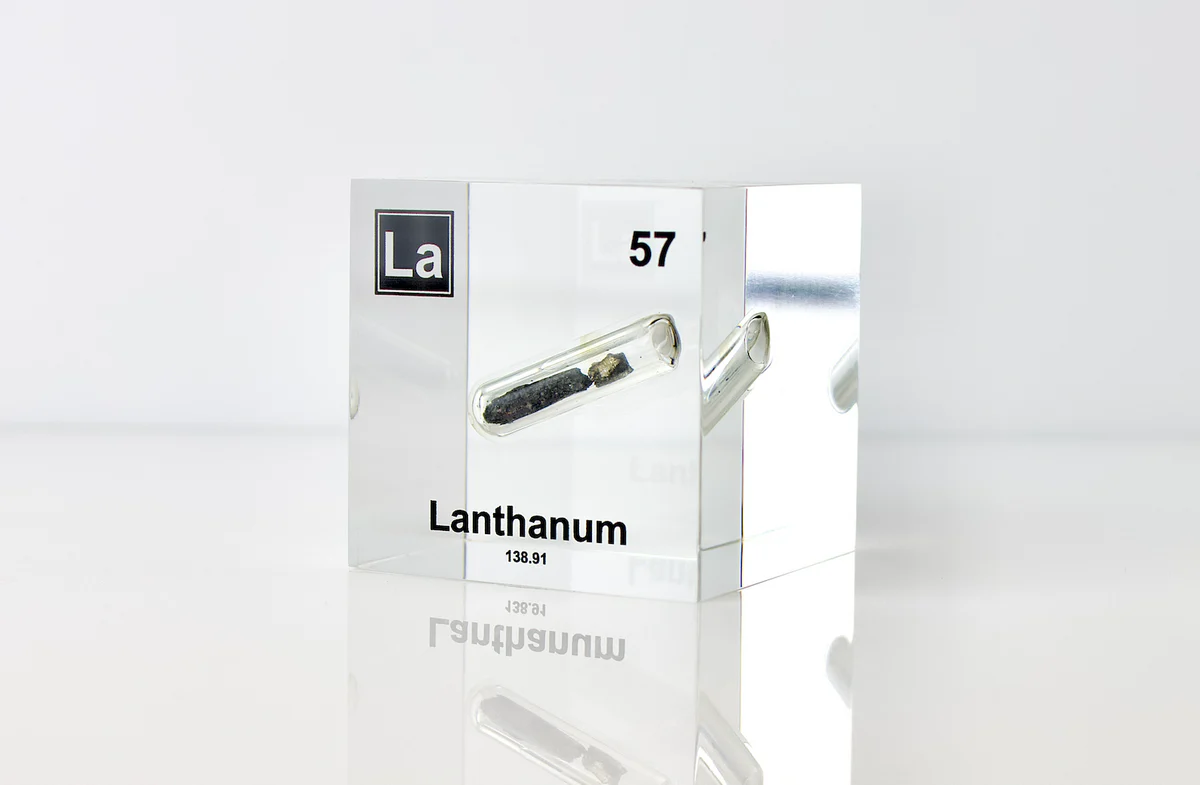
Excess Ovarian Androgen Release Syndrome is a condition where the ovaries produce too many male hormones, known as androgens. This can lead to various symptoms and health issues. Common signs include irregular periods, acne, and excessive hair growth. Women with this syndrome might also experience weight gain and thinning hair on the scalp. Causes can range from genetic factors to underlying health conditions like polycystic ovary syndrome (PCOS). Diagnosis often involves blood tests and imaging studies. Treatment options vary but can include lifestyle changes, medications, and sometimes surgery. Understanding this syndrome is crucial for managing symptoms and improving quality of life.
What is Excess Ovarian Androgen Release Syndrome?
Excess Ovarian Androgen Release Syndrome (EOARS) is a condition where the ovaries produce too many androgens, which are male hormones like testosterone. This can lead to various symptoms and health issues. Let's dive into some interesting facts about this condition.
-
EOARS is often linked to Polycystic Ovary Syndrome (PCOS). Many women with PCOS experience high levels of androgens, leading to symptoms like irregular periods and acne.
-
Symptoms can vary widely. Some women may have severe symptoms, while others might only have mild issues. Common symptoms include excessive hair growth, acne, and irregular menstrual cycles.
-
EOARS can affect fertility. High androgen levels can interfere with ovulation, making it harder for women to conceive.
-
Weight can play a role. Being overweight or obese can exacerbate symptoms of EOARS, as fat tissue can increase androgen production.
-
Insulin resistance is common. Many women with EOARS also have insulin resistance, which can lead to type 2 diabetes if not managed properly.
Causes and Risk Factors
Understanding what causes EOARS and the risk factors involved can help in managing the condition better.
-
Genetics play a significant role. If your mother or sister has EOARS or PCOS, you are more likely to develop it too.
-
Hormonal imbalances are a key factor. An imbalance in hormones like insulin and luteinizing hormone (LH) can trigger excess androgen production.
-
Chronic inflammation can contribute. Low-grade inflammation is often seen in women with EOARS, which can stimulate the ovaries to produce more androgens.
-
Stress can worsen symptoms. High stress levels can lead to hormonal imbalances, making EOARS symptoms more pronounced.
-
Certain medications can trigger EOARS. Some drugs, like those used to treat epilepsy, can increase androgen levels.
Diagnosis and Treatment
Getting a proper diagnosis and understanding treatment options is crucial for managing EOARS effectively.
-
Blood tests are essential for diagnosis. Doctors often check levels of testosterone and other hormones to diagnose EOARS.
-
Ultrasound can help. An ultrasound may reveal enlarged ovaries or multiple cysts, which are common in EOARS.
-
Lifestyle changes can make a big difference. Diet and exercise can help manage symptoms and improve overall health.
-
Medications are available. Birth control pills, anti-androgens, and insulin-sensitizing drugs are commonly prescribed to manage EOARS.
-
Fertility treatments may be needed. For women struggling to conceive, treatments like ovulation induction or in vitro fertilization (IVF) can be options.
Impact on Daily Life
Living with EOARS can affect various aspects of daily life, from physical health to emotional well-being.
-
Self-esteem can take a hit. Symptoms like acne and excessive hair growth can affect a woman's confidence and self-image.
-
Mental health is often impacted. Women with EOARS are more likely to experience anxiety and depression.
-
Relationships can be strained. The emotional and physical challenges of EOARS can put a strain on romantic relationships.
-
Work and social life may suffer. Managing symptoms and medical appointments can be time-consuming and stressful, affecting work and social activities.
-
Support groups can be beneficial. Connecting with others who have EOARS can provide emotional support and practical advice.
Understanding Excess Ovarian Androgen Release Syndrome
Excess Ovarian Androgen Release Syndrome (EOARS) can be a complex condition, but knowing the facts helps. This syndrome involves the ovaries producing too many androgens, which can lead to symptoms like irregular periods, acne, and excessive hair growth. It's often linked to conditions like Polycystic Ovary Syndrome (PCOS), but not always. Diagnosis usually involves blood tests and ultrasounds. Treatment options range from lifestyle changes to medications like birth control pills or anti-androgens. Early diagnosis and treatment can improve quality of life and reduce complications. If you suspect EOARS, consult a healthcare provider for proper evaluation and management. Understanding your body is key to managing health effectively. Stay informed, stay proactive, and don't hesitate to seek help when needed.
Was this page helpful?
Our commitment to delivering trustworthy and engaging content is at the heart of what we do. Each fact on our site is contributed by real users like you, bringing a wealth of diverse insights and information. To ensure the highest standards of accuracy and reliability, our dedicated editors meticulously review each submission. This process guarantees that the facts we share are not only fascinating but also credible. Trust in our commitment to quality and authenticity as you explore and learn with us.


